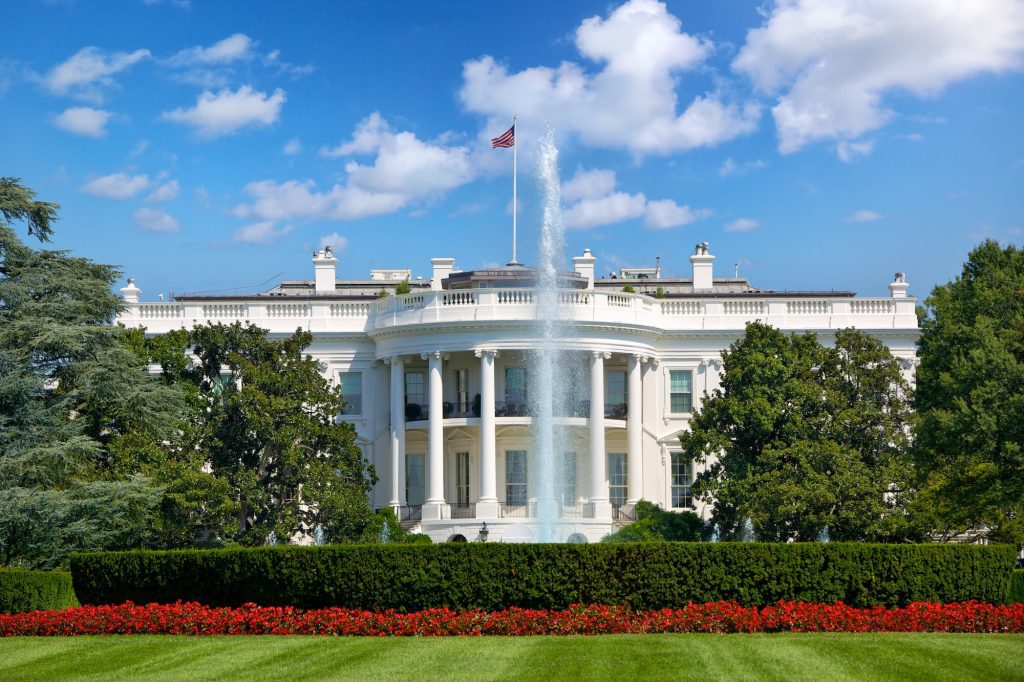Trump’s first 100 days show steady tech policy
As digital tensions rise globally, President Trump’s early tech agenda signals a strategic gamble that bets on tradition while the rest of the world pushes for transformation.

In his blog post ‘Tech continuity in President Trump’s first 100 days,’ Jovan Kurbalija highlights that Trump’s approach to technology remained remarkably stable despite political turbulence in trade and environmental policy. Out of 139 executive orders, only nine directly addressed tech issues, focusing mainly on digital finance, AI leadership, and cybersecurity, reflecting a longstanding US tradition of business-centric tech governance.
Trump’s administration reinforced the idea of letting the tech sector evolve without heavy regulatory interference, even as international players like the EU pushed for stronger digital sovereignty measures. Content moderation policies saw a significant shift, notably with an executive order to curb federal involvement in online censorship, aligning with moves by platforms like Meta and X (formerly Twitter) toward deregulation.
Meanwhile, the prolonged TikTok saga underlined the growing intersection of tech and geopolitics, with ByteDance receiving a deadline extension to sell its US operations amid rising tensions with China. In AI policy, Trump steered away from Biden-era safety concerns, favouring economic competitiveness and educational reforms to strengthen American AI leadership, while public consultations revealed a broad range of industry perspectives.
Kurbalija also noted the administration’s steady hand in cybersecurity, focusing on technical infrastructure while minimising concern over misinformation, and in digital economy matters, where new tariffs and the removal of the de minimis import exemption pointed toward a potentially fragmented global internet. In the cryptocurrency sector, Trump adopted a crypto-friendly stance by creating a Strategic Bitcoin Reserve and easing previous regulatory constraints, though these bold moves sparked fears of financial volatility.
Despite these tactical shifts, Kurbalija concludes that Trump’s overarching tech policy remains one of continuity, firmly rooted in supporting private innovation while navigating increasingly strained global digital relations.
Would you like to learn more about AI, tech and digital diplomacy? If so, ask our Diplo chatbot!
